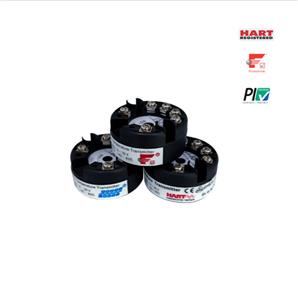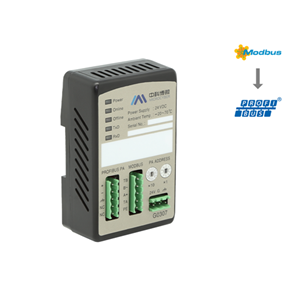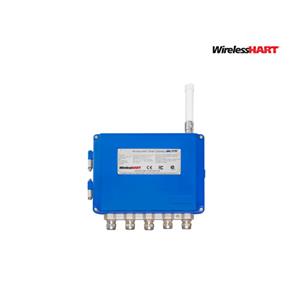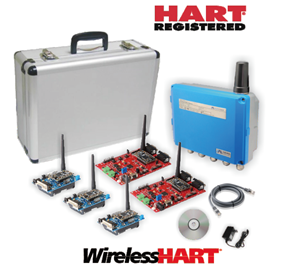Analysis of the working principle of data transmission by fieldbus module
Analysis of the working principle of data transmission by fieldbus module
In the second decade after the PLC was invented, the number of production plants increased rapidly. The equipment parts and components involved are increasingly scattered. This led to the next revolutionary step in connection technology: the introduction of fieldbus. Fieldbus is a digital communication network that collects the signals of various components through so-called fieldbus nodes (junction boxes), and then serially transmits them to the central PLC through messages. We will now show you how this kind of conveying works.
Working principle of data transmission through fieldbus module
The device is connected to the PLC through a fieldbus module
Production machine with fieldbus module
What are the advantages of fieldbus
Each production machine in industrial equipment has a large number of signals. These signals are transmitted within a machine (between sensors/actuators and PLC) or across devices (between PLCs) via fieldbus.
The advantage of these fieldbuses lies not only in long-distance communication, but also in diagnostic functions. In addition, transmitting signals on the fieldbus requires fewer core wires than transmitting signals through a junction box.
What are the differences in using fieldbus
There are many kinds of fieldbus modules:
Their shell materials are different and need to be selected according to the use environment. If used in welding equipment, it is suitable to use a module with a glass fiber reinforced plastic housing. In a sanitary environment, a stainless steel case is recommended.
Their wiring methods are different, and they need to be selected according to the bus system used. Commonly used systems are Profinet, Ethernet/IP or EtherCAT. The fieldbus module is connected to the control system through a fieldbus cable.




